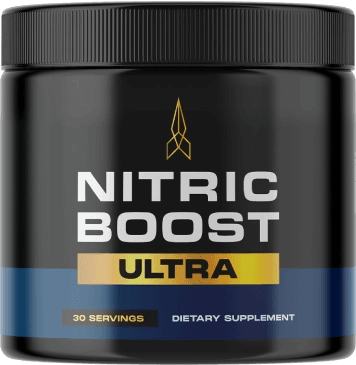Getting fitter isn’t just about how you look—it’s about how you feel, perform, and improve over time. But to truly grow, you need to track your progress. Measuring the right fitness metrics helps you stay motivated, adjust your plan, and celebrate real wins—not just scale numbers.
This guide explores what to track, how to do it effectively, and why data-driven fitness leads to better results.
📏 Why Track Progress?
Without tracking, it’s easy to:
- Plateau without realizing it
- Miss signs of overtraining or under-recovery
- Lose motivation
- Rely only on appearance (which changes slowly)
Tracking helps you:
- Stay focused on performance-based goals
- Make informed tweaks to your routine
- Celebrate small but powerful achievements
📊 Top Fitness Metrics to Track
1. Strength Gains
- Log sets, reps, and weights lifted for each exercise
- Use a fitness app or notebook
- Watch for increases in resistance or reps over time
Example: Bench press increased from 50 lbs to 80 lbs in 6 weeks.
2. Cardio Performance
- Time, distance, and pace (for running, biking, rowing, etc.)
- Heart rate zones during sessions
- Recovery heart rate (how quickly your heart slows after exercise)
Example: 2-mile run time dropped from 22 to 18 minutes.
3. Body Measurements
- Waist, hips, chest, arms, thighs, and weight
- Track monthly, not daily—body composition changes take time
- Use photos every 4–6 weeks for visual comparison
Tip: Don’t rely only on weight; muscle weighs more than fat.
4. Mobility & Flexibility
- Range of motion (can you squat deeper, touch toes, etc.)
- Yoga pose progression
- Joint pain or tightness levels (rated 1–10)
Example: Can now sit comfortably in a deep squat for 60 seconds.
5. Energy, Mood, and Sleep
- Rate energy levels 1–10 each day
- Track sleep duration and quality
- Note how workouts affect your stress and mental state
Insight: Poor sleep = weaker workout; good sleep = stronger lifts.
6. Consistency
- Track how often you hit your workouts (e.g., 4 of 5 days)
- Use a habit tracker or fitness calendar
- Celebrate streaks, not perfection
Example: Exercised 18 of 22 days this month—80% consistency.
📱 Tools to Help You Track
- Apps: MyFitnessPal, Strong, Fitbod, Strava, WHOOP, Fitbit
- Wearables: Apple Watch, Garmin, Oura Ring
- Journals/Planners: Bullet journals or printed logs
- Progress Photos: Take every 4–6 weeks from multiple angles
✅ Final Thoughts
Tracking your fitness journey transforms vague goals into visible progress. It helps you train with purpose, stay accountable, and truly understand what’s working (or not). Whether you’re chasing PRs, improved mobility, or better health, the numbers tell your story—and they’ll motivate you to keep turning the page.




